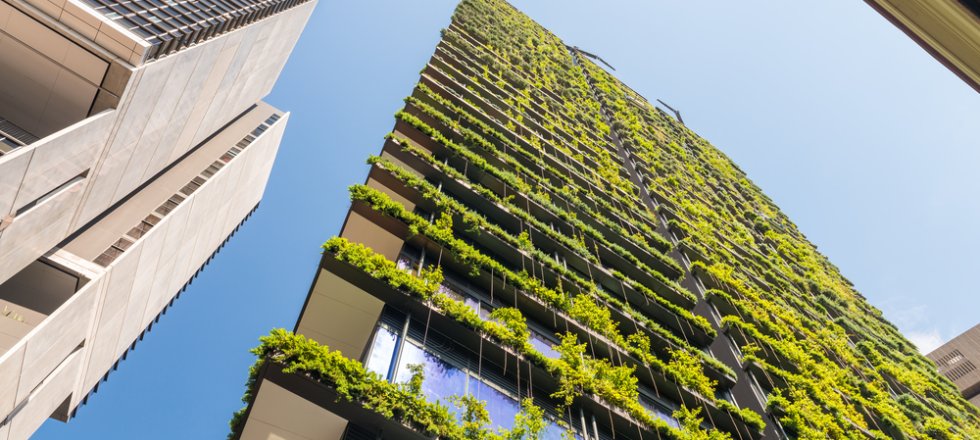Climate-resilient cities
The world is urbanising fast: by 2050 over 6 billion people will live in cities. And city dwellers will increasingly feel the effects of climate change – floods, droughts and heat waves will be more extreme and more frequent. Nature-based solutions such as green roofs, green facades, green space and urban forest are innovative and promising ways to increase climate resilience and make cities pleasanter and healthier places to live.
Using our expertise on blue and green approaches to nature-based design for cities, we build an evidence base on the costs and benefits of designing climate-resilient cities.
Landscape-based approach
Climate change is a long-term challenge. Stop-gap measures only help in the short term. Wageningen Environmental Research uses a landscape-based approach to help urban planners and local authorities make cities more robust in the face of increasing weather extremes.
- Identifying weak spots that will be affected by climate extremes
- Visualisation of climate information to facilitate planning processes
- Cooling cities by smart management of urban waterways
- Reducing damage caused by excess runoff water by planting trees
- Vaporising water for a cooling effect
- Creating wadis for water storage
Download our fact sheet
- Unfortunately, your cookie settings do not allow videos to be displayed. - check your settings
